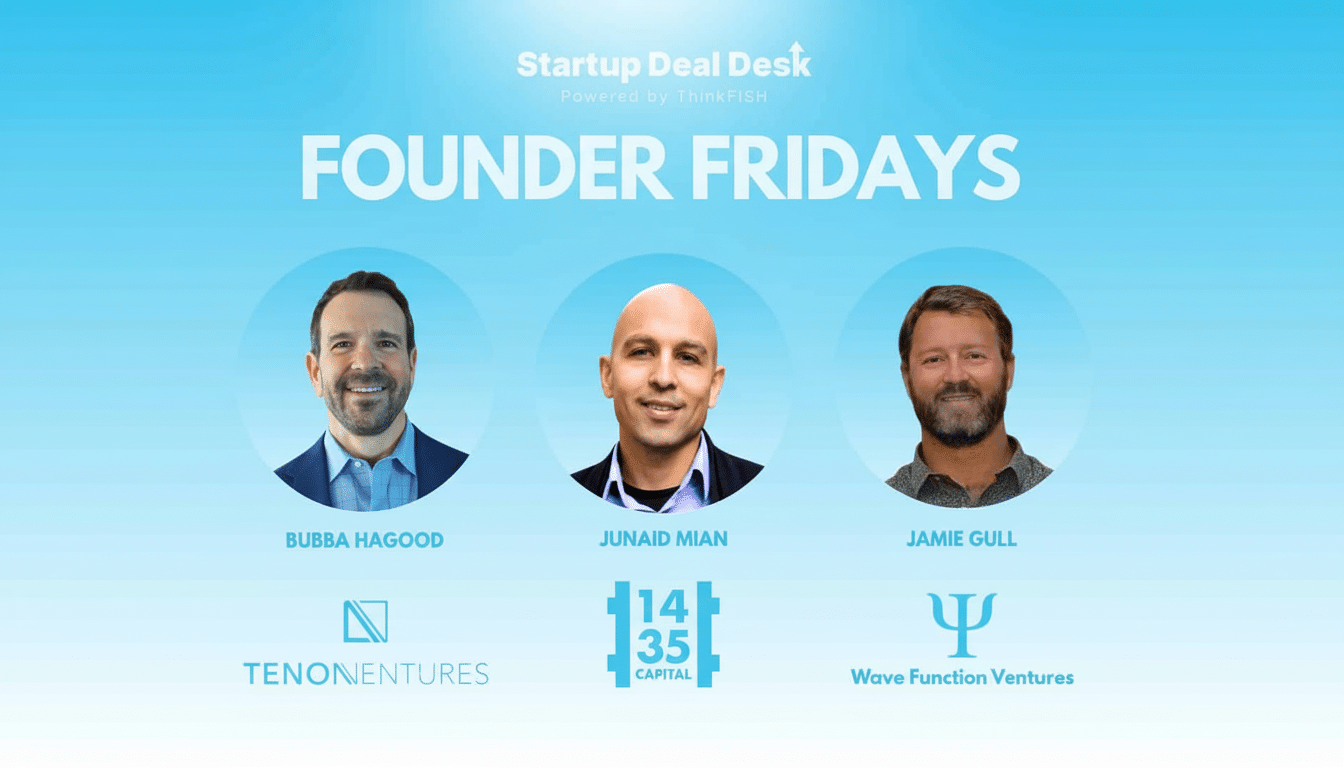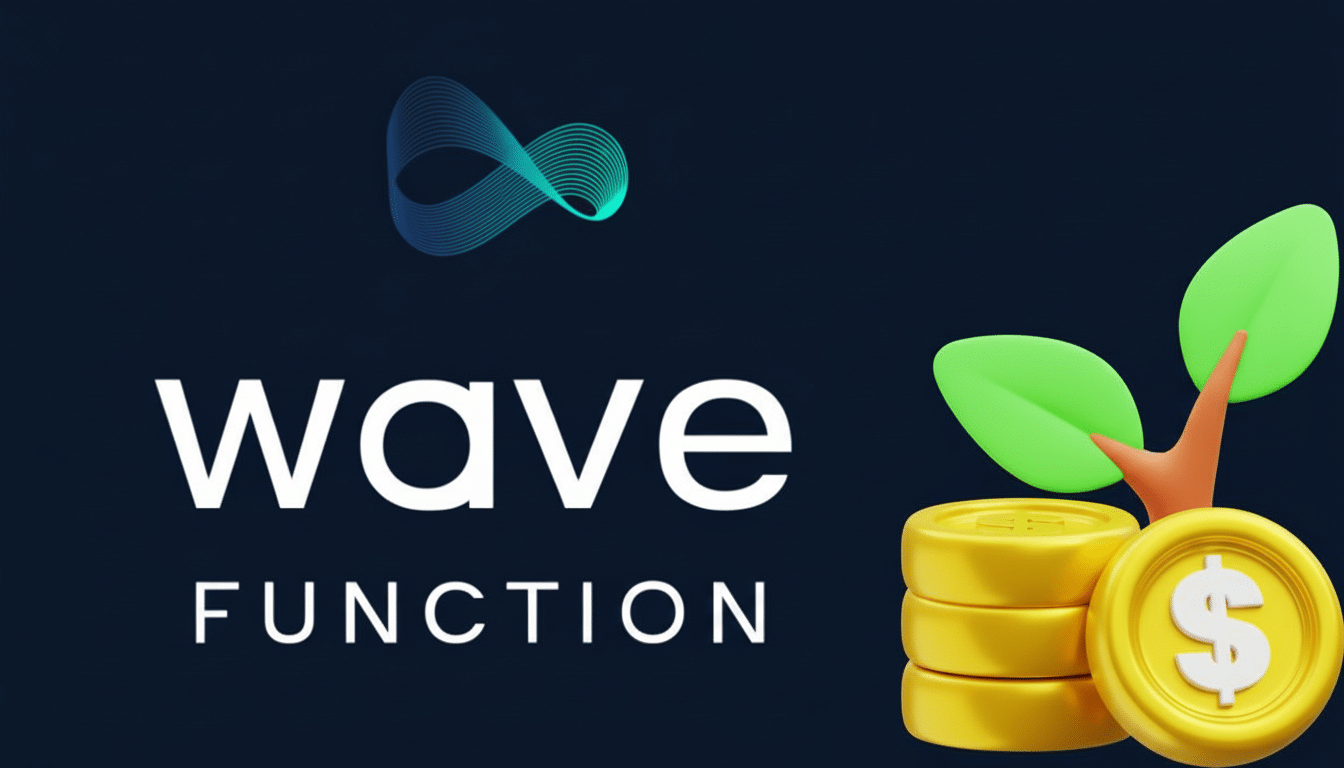Wave Function Ventures has closed a debut fund of about $15 million to back early-stage deep tech startups, with the conviction that the next generation of category leaders will be driven not just by software but built on hard science and physical-world breakthroughs.
Its new fund is being led by founder Jamie Gull, an aerospace engineer who can bring his operator’s playbook to investing in a market where hands-on support can be as important as capital.
- Inside Wave Function Ventures and its deep tech focus
- Why Deep Tech Is Suddenly In The Spotlight
- An operator-led edge for building deep tech companies
- Stacking capital beyond traditional venture capital models
- What to expect from the fund at pre-seed and seed stages
- The bigger picture for deep tech and venture capital

Inside Wave Function Ventures and its deep tech focus
The fund will focus on companies developing infrastructure technologies — ones that are capital-intensive, defensible, and typically passed over by traditional venture investors. Look at propulsion and space infrastructure, new materials, robotics, industrial automation, and other deep tech disciplines so inherently risky in engineering terms, as well as so complex to bring to market, that they tend to filter out touristic capital.
Gull’s approach is to get in early and help founders shorten the time it takes them to ship technology and operations. Rather than chasing hype cycles, Wave Function looks to back teams who can turn lab-proven innovations into scalable products — with an eye for disciplined milestones and unit economics from day one.
Why Deep Tech Is Suddenly In The Spotlight
Broad activity has slowed, yet multiple data points point to a resilient hard-tech cycle with strong underlying momentum. PitchBook and NVCA analyses have found that deal value in defense, aerospace, and industrial tech has held up relatively well, propped up by demand for dual-use technologies and an active nondilutive funding counterbalance. The U.S. government’s SBIR and STTR programs funnel billions of dollars annually into early-stage R&D alone, and programs in agencies like DARPA, NASA, and the Pentagon’s innovation outfits have emerged as reliable first customers for startups.
Corporate balance sheets are also loosening. Strategic LPs and customers, including automakers, energy majors, and advanced manufacturers who are looking for supply chain resilience and new capabilities, have also moved in. For instance, earlier this year a Silicon Valley deep tech manager announced a $300 million vehicle anchored by the industrial might of an industrial giant — suddenly hardware and manufacturing were back in strategic vogue.
An operator-led edge for building deep tech companies
Gull’s background is quite relevant to the fund’s mandate. He helped make SpaceX work: He began his career at an experimental aircraft skunkworks and found his way to SpaceX building reusability — the audacious engineering concept barely anyone took seriously, which he turned into operational reality. Along the way, he also became an active angel investor in deep tech companies like Boom Supersonic, K2 Space, and Varda, providing him with a front-row view of how hardware startups survive early uncertainty and scale.

He is also a co-founder of Talyn Air, an eVTOL startup that was acquired by Ampaire, and a venture partner for the Pioneer Fund backed by Y Combinator alumni. That mix — kind of like rapid prototyping, company-building, and portfolio support put in a blender — is at the heart of Wave Function’s pitch: practical help that ranges from getting ready for first flight to reliability engineering to defense procurement and industrial certification.
Stacking capital beyond traditional venture capital models
Wave Function’s approach focuses on capital stacking — adding equity to a mix of nondilutive and asset-backed financing options that make sense for a hardware-heavy roadmap. In practice, this might involve sequencing SBIR grants, Other Transaction Authority agreements, and pilot purchases to prove demand under an interim team with which investors can get comfortable, then layering in more capital-efficient project finance or equipment lending once the engineering risk is retired.
This hybrid approach is more and more common among deep tech winners. It smooths cash requirements, minimizes dilution, and, to boot, creates a higher moat — certified products, entrenched supply chains, and sticky customers. Investors note that even if deep tech sometimes takes more time to commercialize, the payoffs can be outsized because rivals cannot easily replicate the infrastructure or regulatory approvals necessary to compete.
What to expect from the fund at pre-seed and seed stages
Wave Function should see a particularly strong showing in pre-seed and seed, where investor empathy for the build-measure-learn cycle is of paramount importance. The fund’s due diligence will likely concentrate on solvable physics, near-term proof points, believable pathways to credible buyers, and cost curves that bend with scale. Instead of spray-and-pray wagers, the mandate implies a heavily engaged portfolio with significant participation for every company.
For founders, that might mean help with test plans, certification strategies, and the paperwork grind behind government contracting. To LPs, it provides exposure to sectors that are benefiting from secular tailwinds — reindustrialization, defense modernization, space infrastructure, and energy transition — without being only about momentum-driven software multiples.
The bigger picture for deep tech and venture capital
Wave Function Ventures is the latest indication of a bigger trend: deep tech sliding in from venture portfolios’ periphery and into their core, aided by policy support, strategic demand, and a new phenomenon based around operator-investors. If the fund delivers on its thesis, then it may allow more founders to translate revolutionary engineering into sustained businesses — and signal to the market that difficult problems, rather than just clever code, often define the next decade of value creation.

